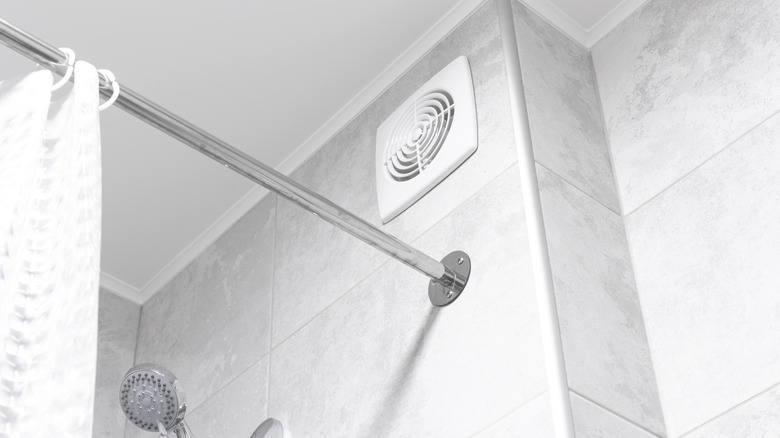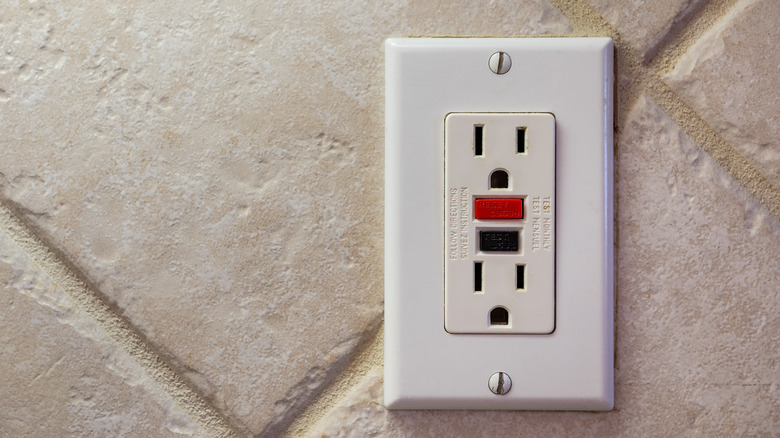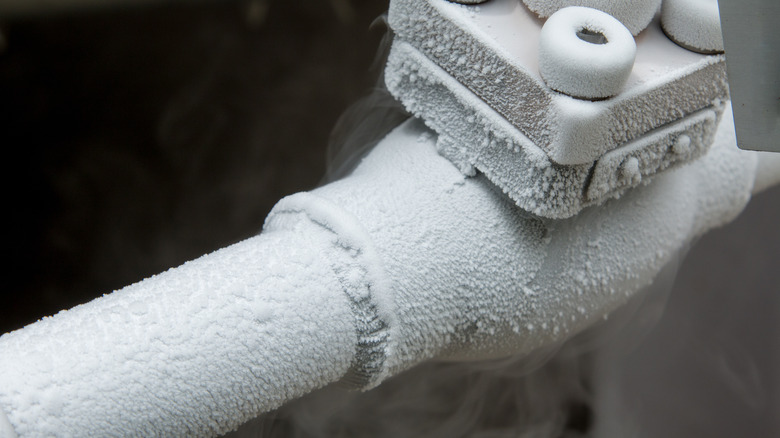3 Hacks To Help You Easily Put In A New Bathroom Exhaust Fan
If your bathroom does not currently have a bathroom exhaust fan, you should seriously consider installing one. According to the Centers for Disease Control, keeping areas in your home that are more likely to be exposed to water and humidity (e.g., bathrooms) well-ventilated is one of the top ways to prevent the growth of mold in your home. Besides being unsightly and sometimes smelly, mold spores growing on your bathroom walls can pose a health risk. If you have young children, bathroom mold can be particularly problematic, as exposure to mold at a young age has been linked to a higher risk of developing chronic respiratory diseases such as asthma. Even if you don't have any chronic issues yourself, regularly breathing in mold spores can cause symptoms such as coughing, wheezy breathing, red and itchy eyes and skin, or a stuffy nose.
But never fear, there is a simple solution to mold prevention. Ensuring that water condensation can never collect on your bathroom walls eliminates the environment needed for mold to grow in the first place. To get rid of condensation, you need to get rid of shower steam, and to get rid of shower steam, you need a bathroom exhaust fan. The thought of installing a bathroom exhaust fan may seem overwhelming, especially if you've never worked with ventilation or air ducts before, but there are easy and straightforward ways to approach this project.
Remember what the exhaust fan is for
You can maximize the effectiveness of your bathroom exhaust fan by keeping in mind that it's there to make your bathroom a well-ventilated space by quickly eliminating steam and preventing the growth of mold. To that end, Today's Homeowner recommends you carefully consider the location of your fan. Your bathroom's door and window (if it has one) are intake sources for air, and since your fan will be an exhaust source, or something that removes air, it should be positioned away from the intake sources. Otherwise, it will simply suck out the new air as it comes in, instead of contributing to proper circulation.
Hot air rises, so the fan should be installed on the ceiling, where steam is most likely to congregate and eventually form the condensation that leads to mold. Ideally, the fan should be on the ceiling inside the shower itself, though a location nearby will work too.
Location also matters when it comes to your ductwork. Although it may be tempting to take a shortcut and simply route the fan's air straight up into your attic, that would defeat the purpose. The steamy air would collect in the attic instead of in your bathroom, true, but when mold starts growing in your attic, your home's ventilation system can spread the spores throughout your entire house. To prevent this situation, install ductwork that routes the moist air to the outside of your house.
Focus on the fan's safety and efficiency
Any time you're installing a device that runs on electricity, and particularly when you're working in a space with proximity to water, you need to prioritize your safety. All wiring for your bathroom fan should be connected to a Ground Fault Circuit Interruptor, which you may know better as a GFCI. According to SafeElectricity.org, a GFCI is a type of electrical outlet that will interrupt an electrical current if it senses that electricity is causing someone to be electrocuted. These circuits are commonly installed in areas of a home where electricity and water may interact, such as laundry rooms, kitchens, garages, and yes, bathrooms.
To make sure your bathroom exhaust fan will work effectively, you need to ensure it is an efficient choice for your space, per Today's Homeowner. There's no point to your fan if it doesn't have the capacity to remove all of the steam generated by your shower. Double-check your fan's description to see how many cubic feet of air per minute (commonly abbreviated as CPM) it is capable of moving out of a room, and make sure it fits the size of your bathroom. You can also improve your fan's efficiency by focusing not just on the fan itself, but on the ductwork. Making the duct tunnels as straight as you can allows your fan to expel steamy air more quickly.
Pay attention to your external environment
When adding onto your home's ventilation system, you can't stop at considering the internal elements of the bathroom and the fan itself. You also need to think about the outdoor components of the air duct. You need to vent your fan's duct outside to get rid of the steam, but any time you add an external vent to your home, it opens up the potential for outside air to flow back in. This air can heat up your home in the summer and make it feel frigid in the winter, no matter how high you turn up the heat. It can also negatively impact your home's air quality and make your air filter do double the work. To prevent external air from contaminating your home, Today's Homeowner recommends installing a wall or roof cap to the place where your duct vents outside.
Another crucial component of the outdoor environment to consider is temperature. If you live in a place where the thermometer drops below freezing at any point during the year, you risk condensation forming on your ductwork as the cold air outside reacts with the hot, steamy air inside the duct. Condensation leads to mold growth — the exact problem you're trying to prevent by installing a bathroom exhaust fan in the first place! Make sure this situation can't happen by properly insulating your air ducts to stop cold air from getting in.



